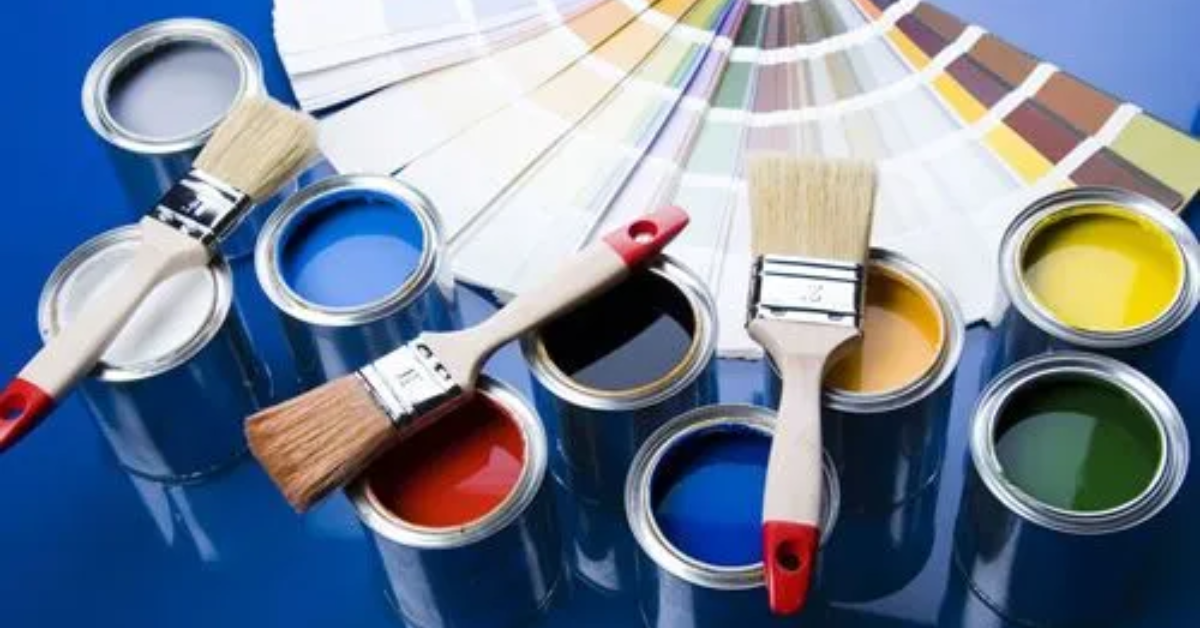The Ultimate Guide to Effective Formaldehyde Removal: Protect Your Home and Health Naturally
Formaldehyde Removal, a volatile organic compound (VOC), is an invisible yet significant health hazard found in many homes. From furniture and building materials to cleaning products, this toxic chemical is often present without homeowners even realizing it. Long-term exposure to formaldehyde can lead to respiratory problems, skin irritation, and in severe cases, even cancer. Thus, effective formaldehyde removal is critical to ensuring a healthy living environment. This article delves into natural, sustainable, and practical ways to eliminate formaldehyde from your home.
Understanding Formaldehyde and Its Sources
Formaldehyde is a colorless gas with a pungent smell commonly used in the production of resins for particleboard, plywood, and fiberboard. It’s also present in adhesives, paints, varnishes, and some fabrics. Homes with new furniture, carpeting, or renovations are particularly prone to higher levels of formaldehyde emissions.
Formaldehyde is released into the air through a process called off-gassing, which can continue for weeks or even months. High humidity and temperatures can accelerate this release, making the problem worse in warmer climates.
Why Formaldehyde Removal Matters
Exposure to formaldehyde has been linked to numerous health issues, including:
- Short-term effects: Eye, nose, and throat irritation, coughing, and nausea.
- Long-term effects: Chronic respiratory issues, increased asthma symptoms, and potential carcinogenic effects as classified by health organizations.
Addressing formaldehyde in your home can improve indoor air quality and create a safer living environment for you and your family.
Steps to Naturally Remove Formaldehyde from Your Home
1. Ventilation Is Key
Good ventilation is the first line of defense against formaldehyde buildup. Open windows and use exhaust fans to increase airflow, especially after purchasing new furniture or conducting renovations. Installing an air exchange system can also help maintain a constant supply of fresh air.
2. Use Air Purifiers with Activated Carbon Filters
Air purifiers equipped with activated carbon filters can effectively capture formaldehyde and other VOCs. Unlike regular HEPA filters, activated carbon traps gaseous pollutants, making it a critical component in your air purification strategy.
3. Introduce Air-Purifying Plants
Certain indoor plants, such as spider plants, peace lilies, and Boston ferns, are known for their air-purifying properties. While they may not completely eliminate formaldehyde, they can help reduce its concentration and enhance the overall air quality in your home.
4. Opt for Low-VOC Products
When buying furniture, paints, or cleaning supplies, choose products labeled as low-VOC or formaldehyde-free. Many manufacturers are now producing eco-friendly alternatives that emit fewer toxic chemicals.
5. Maintain Proper Humidity Levels
Formaldehyde off-gassing is more pronounced in high-humidity environments. Use a dehumidifier to maintain indoor humidity between 30% and 50%, which can help slow down the release of formaldehyde.
6. Baking Soda and Vinegar Solutions
Natural cleaning solutions made with baking soda and vinegar can help neutralize VOCs on surfaces. While they won’t eliminate airborne formaldehyde, they can reduce its presence on furniture and other household items.
7. Avoid Overcrowding Spaces with New Furniture
Newly purchased items can be a significant source of formaldehyde. Allow them to off-gas in a well-ventilated area, such as a garage or balcony, before bringing them indoors.
8. Seal Surfaces of Furniture
If replacing furniture is not an option, consider sealing particleboard or plywood surfaces with low-VOC sealants. This can act as a barrier to reduce the emission of formaldehyde.
How to Monitor Formaldehyde Levels
Monitoring indoor air quality is essential to ensure your formaldehyde removal efforts are effective. Home testing kits or professional-grade air quality monitors can measure formaldehyde levels accurately. If levels remain high despite your efforts, consulting a professional indoor air quality expert may be necessary.
Conclusion
Formaldehyde removal is an essential step toward creating a safer, healthier living environment. By implementing natural and sustainable strategies like improving ventilation, using activated carbon air purifiers, and incorporating air-purifying plants, you can significantly reduce formaldehyde levels in your home. Regular monitoring and opting for low-VOC products will further ensure that your living space remains free from this hazardous chemical.
Taking these proactive measures not only protects your health but also promotes a more eco-friendly and sustainable lifestyle. Make your home a haven of clean air and well-being by addressing formaldehyde today.







